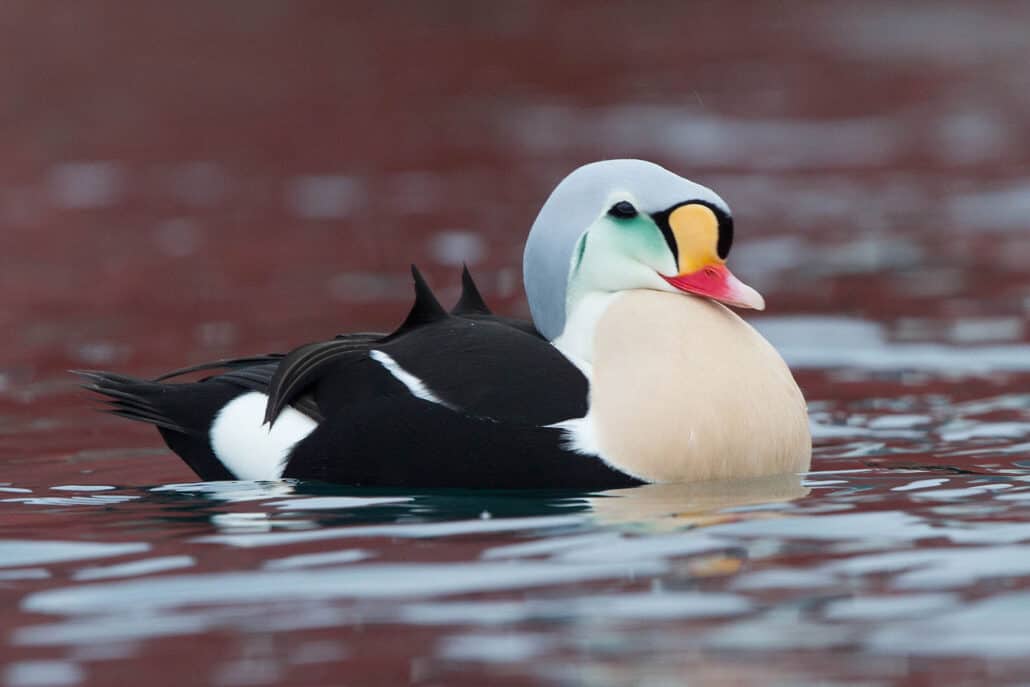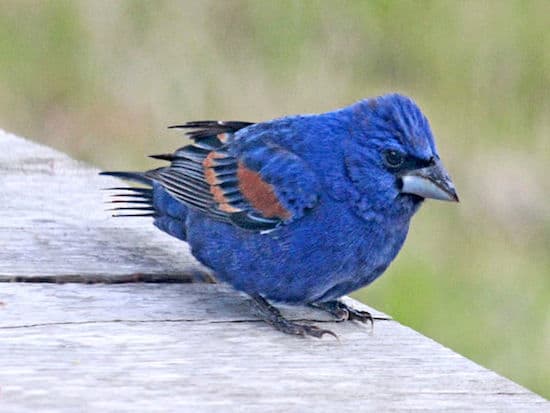Fall begins in the Appalachians silently. The nights are crisp, and there is frost in the morning air. The harvest moon rises each night, the leaves of the deciduous trees begin their fall explosion of colors, the apples are ripe in the orchards, the corn yellow in the fields, the wild grapes purple on the vine. It is time again to start visiting one of my favorite birding spots, Teter Lake, for the observation of migratory waterfowl on the edge of the Atlantic flyway.
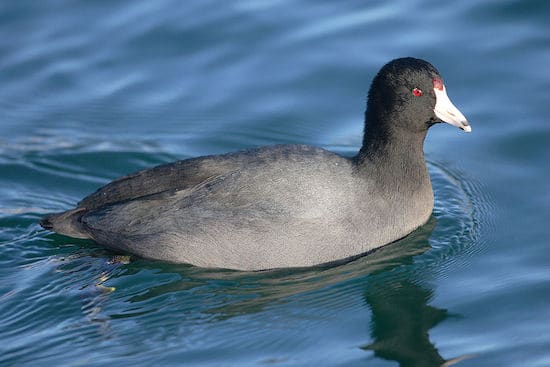
Teter Lake is a public fishing impoundment operated by West Virginia’s Department of Natural Resources. It is located 15 miles from my home town of Philipi, West Virginia, in the southeastern corner of Barbour County, at an elevation of 1,839 feet. The lake’s surface occupies 33.4 acres. It is an ideal place to watch migratory waterfowl.
You never know what you will find, however frequently you visit the lake. Weather conditions in the north, especially around the Great Lakes, and the direction of the winds determine what waterfowl may be present. My observations cover a six-year period, from the last week of September until the lake freezes over in December, for the years 1982 to 1987.
The last week of September brings in large flocks of Canada geese. Hundreds are found on the lake at this time. During the first week of October large groups of mallards, pintails, pied-billed grebes, coots, and ring-necked ducks may be seen, the latter being among the last to leave in December. By the middle of October gadwalls, buffleheads (especially if the winds are from the east), lesser scaups, American black ducks, ruddy ducks in eclipse plumage, horned grebes, and large contingents of coots are present on the lake.
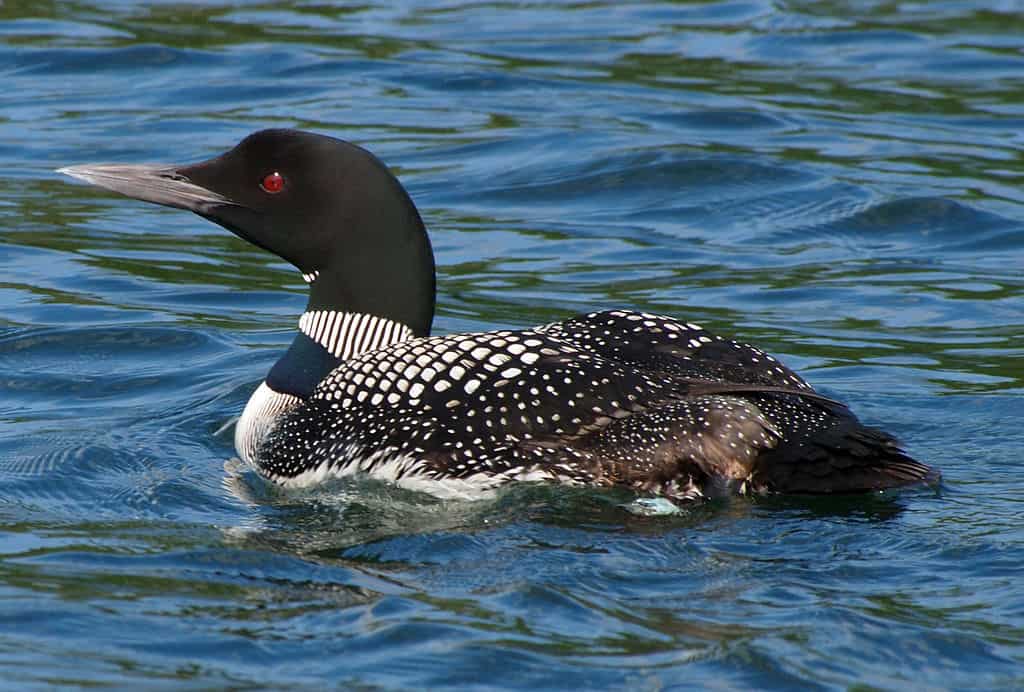
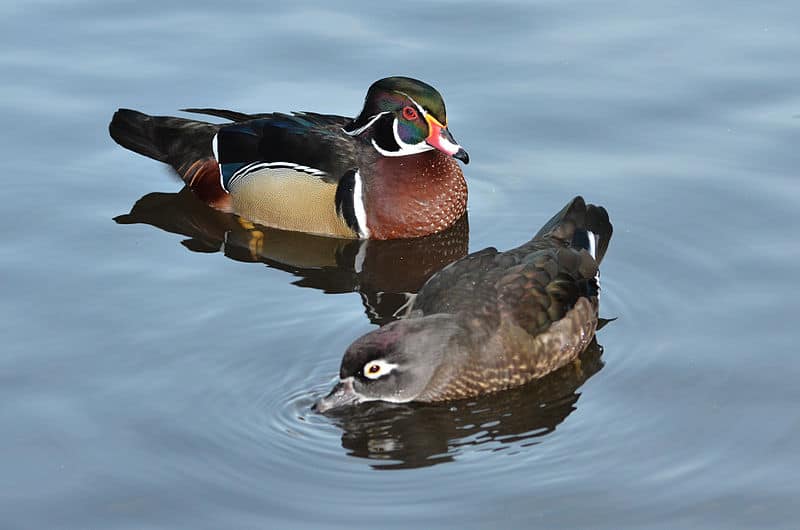
Common loons start arriving during the last weeks of October and continue to be seen through the first weeks of December. Six to eight of these black and white birds with their necklace of silver and jet black may be found swimming about the lake. When they become separated they often call to each other, as they did in On Golden Pond. They are excellent fishermen and often snare trout, to the chagrin of the men fishing the shore. You may see the loons throwing the fish into the air and swallowing them head first.
Wood ducks, the most beautiful of all North American ducks when in breeding plumage, make their appearance the last week of October. The male woodies are usually in eclipse plumage and resemble females. They maintain their bright-colored bill but lose the white around the eyes.
From the first week of November and continuing into December mergansers begin to arrive. Hooded mergansers and red-breasted mergansers come in sizeable flocks. Common mergansers also make their appearance but are fewer in number.
By the middle of November we begin seeing northern shovelers and large groups of canvasbacks. American wigeons (bald pates) can be found feeding with the mallards in the shallows of the lake. Common goldeneyes appear in moderate numbers.
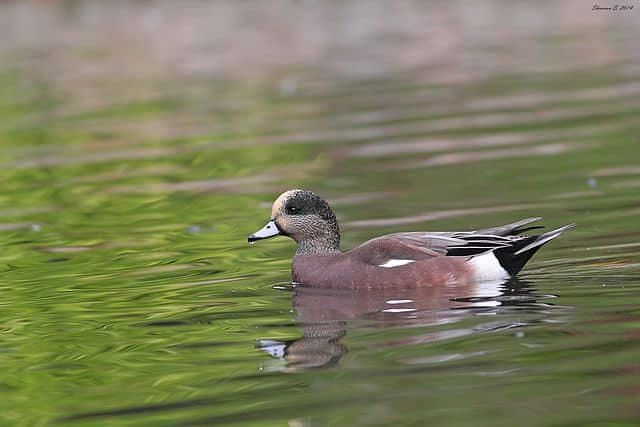
In the last weeks of November, from the subarctic and arctic tundra, beautiful tundra swans appear. These graceful birds, all white with a black bill, usually with an orange or yellow spot on the bare skin or lore in front of the eye near the bill, are always a welcome sight. One of these birds stayed on the lake for three weeks in 1986, feeding in the shallows on vegetation, its white neck becoming stained by the minerals in the water. The old-squaw, a circumpolar sea duck, in its beautiful winter plumage of white, with its white neck, head, and dark cheek patch, may also be found. Its breast, back and wings are dully brown, and its tail is long and pointed. The short bill is encircled with bands of black and pink. The more inclement the weather, the greater the number of oldsquaws present.
By the middle of December, black scoters, which breed on the coasts of Alaska, start arriving. An all black sea duck, they have a yellow-orange knob on the bill. White-winged scoters, with their sooty black color and square white wing patches on the trailing edge of each spread wing, may also be seen. These scoters are among the last birds to leave the lake in December.
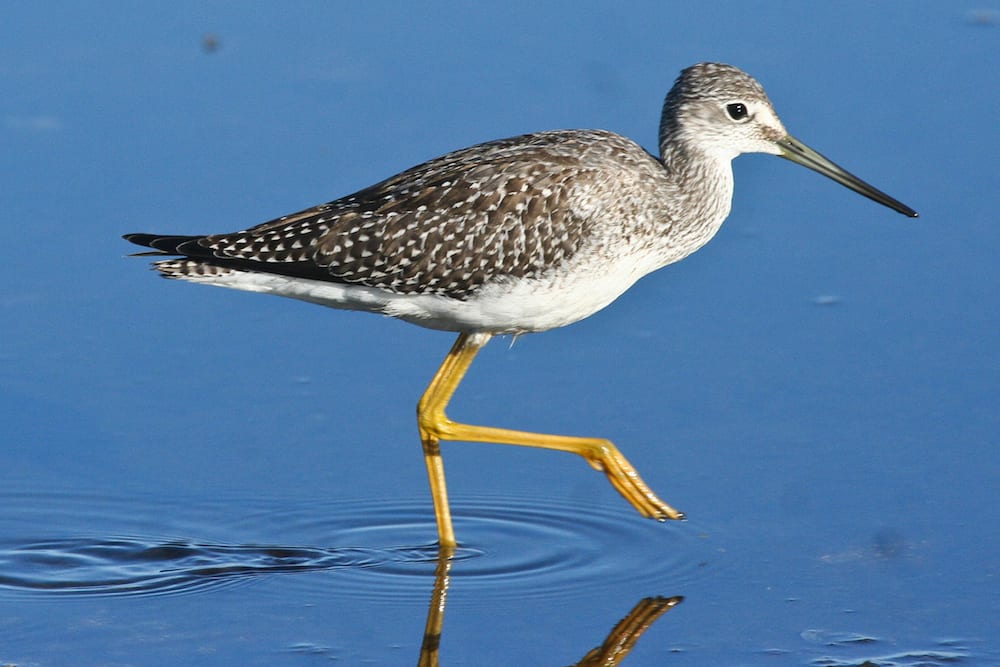
Other waterfowl regularly visiting the lake include greater and lesser yellowlegs, which can be seen each year feeding on the mud flats, and great blue herons, which wade in the lake’s shallows in October and November. Two uncommon visitors I have seen at Teter Lake are a great egret in 1985, and redheads, last noted in 1984.
If you will be anywhere near Teter Lake this year, I recommend it as a fine place for watching waterfowl migrating down the Atlantic flyway.
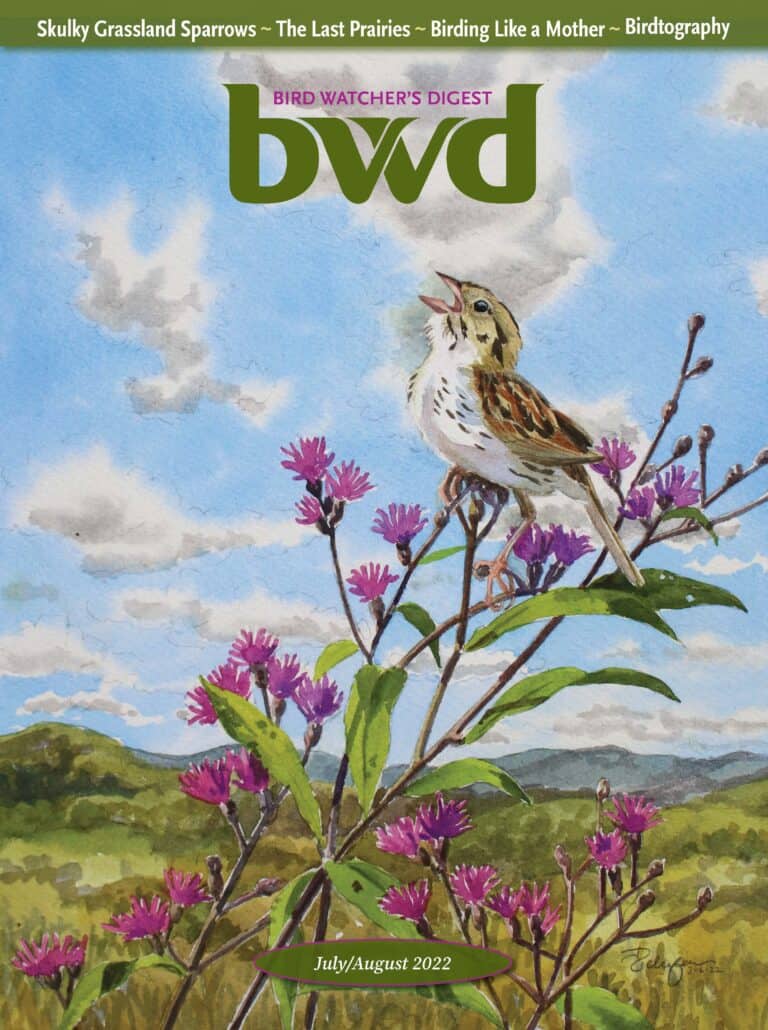
Looking to Subscribe?
Get 6 print issues of the magazine delivered to your door & free digital access
One Year Print Subscription: $26
(to US or Canada, includes digital access)
One Year Digital-only Subscription: $15


